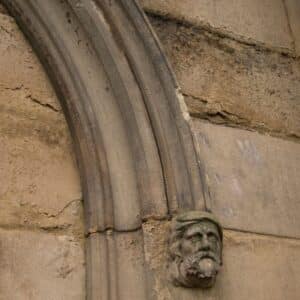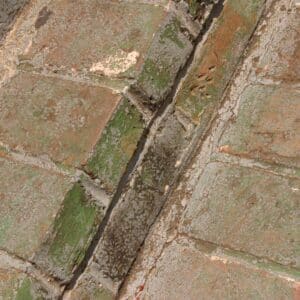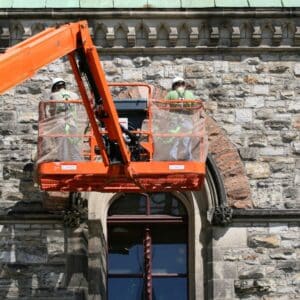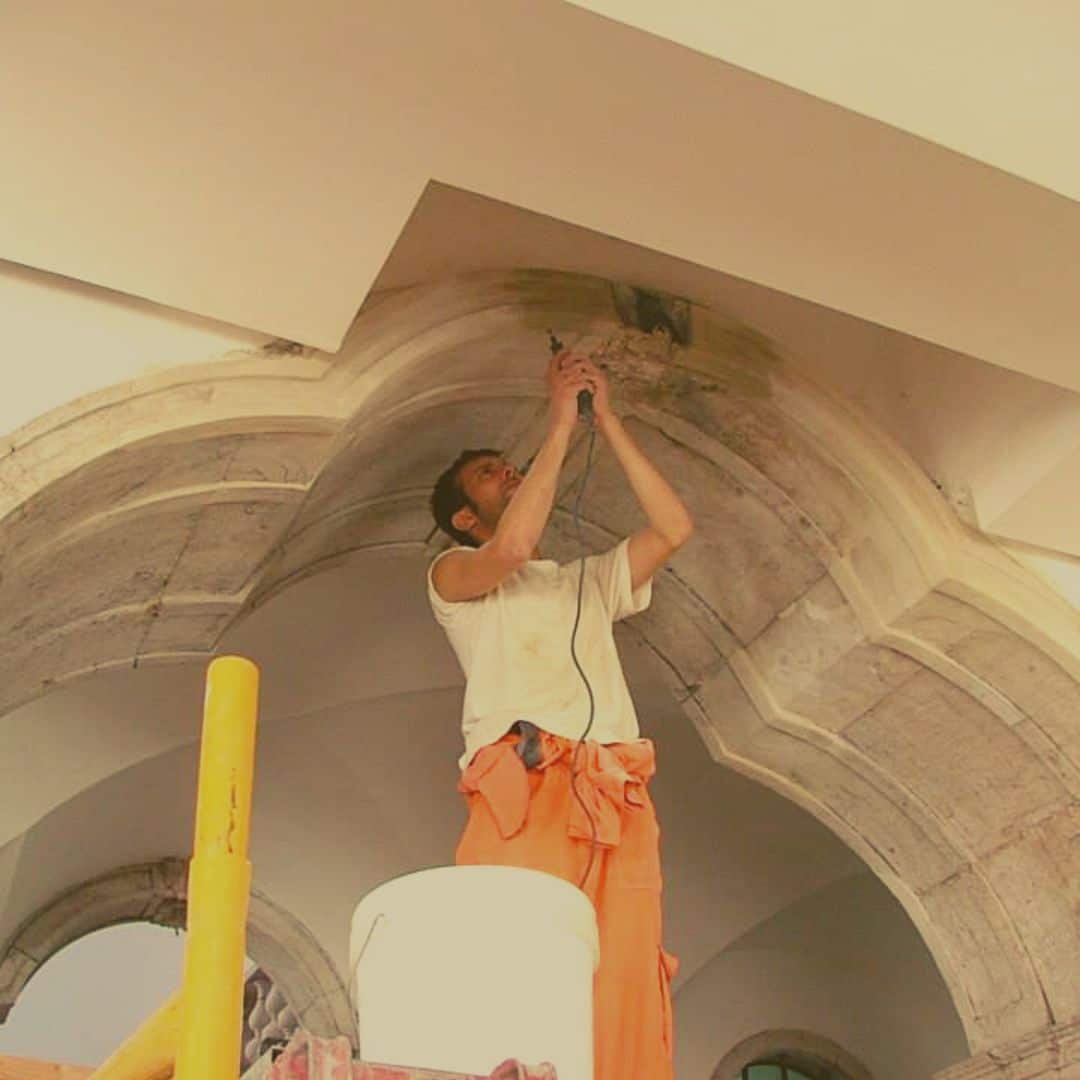Stone cleaning is perhaps the most important action in conservation and restoration of historical buildings because it is the first intervention and because although it may seem like a relatively simple operation, it requires a great deal of technical skill and preparation.
Stone cleaning in historic buildings can pose a risk to the integrity of the original work if it is not carried out in accordance with the ethical principles of conservation and restoration.
Anything removed during stone cleaning cannot be replaced
In this post we will we are going to address 9 aspects to take into consideration before any stone cleaning operation in historic buildings .
Based on the Online Course Conservation and Restoration of Stone
Let’s emphasise once again that anything removed in a stone cleaning operation cannot be replaced.
This irreversibility of interventions means that stone cleaning methods must be particularly considered, taking into account a variety of factors.
1 – Characteristics of the stone

It is important to know the characteristics of the stone in question and assess its resistance to a particular cleaning method.
For example, very soft limestones should be cleaned using gentle methods because their ductility means they are less resistant.
Similarly, coloured marbles – with a strong presence of minerals – should not be subjected to chemical cleaning.
And of course, any stone cleaning work in historic buildings must be preceded by prior tests.
2 – Health of the stone

Before stone cleaning it’s important to check that the stone is healthy.
Or if the substrate is suffering from alterations that require greater care in the intervention or even, in certain cases, the option of “no intervention”.
3 – Type of pathologies / dirt

They are a determining factor in the choice of stone cleaning method or methods and their effectiveness.
Pathologies usually coexist, so it is often necessary to consider the use of different methods from the start.
We have named the intrinsic factors to be taken into considerationin stone cleaning in historical buildings.
However, the aspects to consider don’t stop there as we will see below

4 – The historical and artistic value of the work
Are we talking about a protected or classified monument or statue?
The stonework of a classified building or in a classified historic area?
Are there any applicable legal regulations or municipal rules?
Are there any applicable legal regulations or municipal rules?
All these questions will have to be answered prior to the stone cleaning intervention.
5 – Its future use

Will the stones to be cleaned be used frequently?
Are they in a functional building with heavy traffic? Or are they only intended for aesthetic fruition?
6 – Intervention times
Conservation and restoration works are usually quite long.
This aspect will have to be considered above all in the case of adapting buildings to functions with an expected economic return within a certain timeframe.
For example, when adapting a building for a hotel, condominium or events centre.
7 – The articulation with other works

Especially in building rehabilitation work, this aspect is particularly important, both in terms of timings and execution schedules and the need to safeguard conservation work from future damage caused by other specialities (painting, fitting windows, etc).
8 – The surroundings
Are there restrictions on the use of certain methods in the area?
Are possible nuisances for neighbours and logisticians safeguarded?
9 – The budget
This is an unavoidable aspect when choosing an intervention method, and one that should be considered right from the project phase.
Conservation and Restoration of Stone
Online Course | International certificate
You will learn the processes of alteration and systematize the methods and techniques of intervention in conservation and restoration of stone .
An active method is used, illustrated with images and video tutorials of the different phases of intervention.
At the end of this online course on conservation and restoration of stone you will be able to recognize the main pathologies and their causes.
You will learn about internationally accepted ethical and deontological principles.
You will learn, through the analysis of real interventions carried out by conservation and restoration technicians, the methods, techniques and materials of intervention applicable in different situations.

